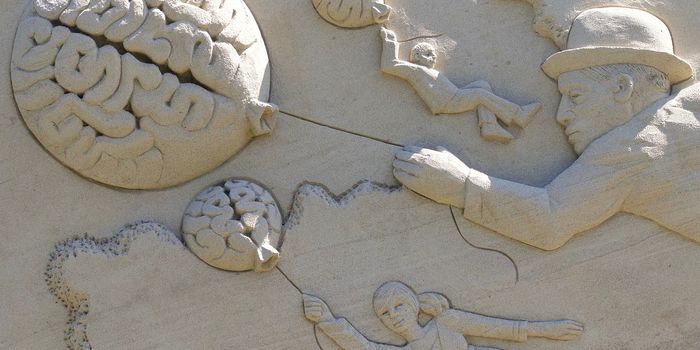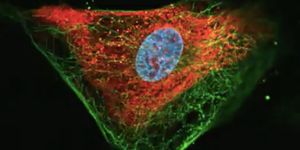Recent Data Accelerates Coronavirus SARS-CoV2 Drug Discovery
Coronavirus (SARS-CoV-2) is a currently a human health crisis. It is not only highly infectious but results severe pneumonia (COVID-19) in some cases. Now, researchers by Prof. Dr. Rolf Hilgenfeld, University of Lübeck, have found an effective approach to studying the coronavirus by using high-intensity X-ray light from the Berlin synchrotron source BESSY II. They analyzed the 3D shape of the main protease (Mpro or also 3CLpro) of SARS-CoV-2. This protein plays a central role for maintaining the virus’s reproductive capability.
Learn more about COVID-19:
Since the world is scrambling to find treatments that work against the SARS-CoV-2, understanding the architecture of the protein is critical to identify specific areas of attack—thus, advancing drug discovery
"For such issues of highest relevance, we can offer fast track access to our instruments," says Dr. Manfred Weiss, who heads the Research Group Macromolecular Crystallography (MX) at HZB.
The high-intensity X-ray light from the BESSY II facility of the Helmholtz-Zentrum Berlin make the images of the 3D architecture of the protein molecules more clear.
“The 3D architecture provides concrete starting points for developing active substances or inhibitors. These drugs could dock specifically to target points of the macromolecule and impede its function,” says Rolf Hilgenfeld is an expert in the field of virology and already developed an inhibitor against the SARS-virus during the 2002/2003 SARS pandemic.
Source: Science Daily









